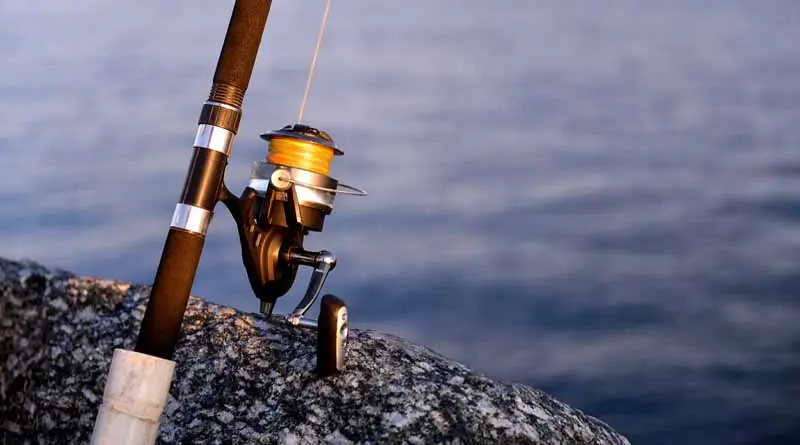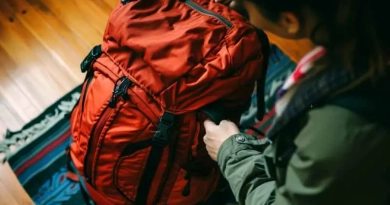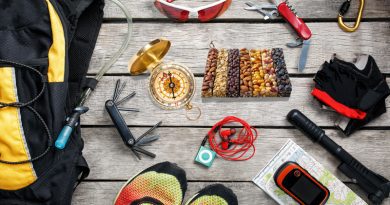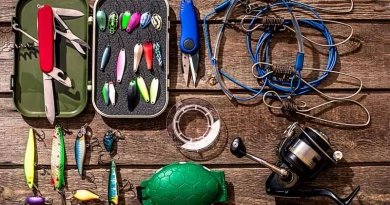
What is the Difference Between Monofilament, Fluorocarbon, and Braided Fishing Lines?
Which type of line should I use?
It was a misty morning by the lake, the kind of morning where the world felt suspended in a gentle fog, muffling the sounds of the waking day. As I prepared my gear, a question floated through my mind, one that many anglers ponder: “What is the difference between monofilament, fluorocarbon, and braided fishing lines?” This isn’t just a technical inquiry; it’s a quest for understanding the soul of the sport, to know the tools that connect us to the unseen world beneath the water’s surface.
Understanding Fishing Lines: Monofilament, Fluorocarbon, and Braided Lines
Fishing lines are more than just threads connecting a rod to a hook; they are lifelines to our quarry, each type with its own strengths and weaknesses. To truly understand the differences, we must delve into their unique properties and applications.
Monofilament
Composition:
Monofilament fishing line is made from a single strand of nylon. This gives it a smooth, uniform structure that is both flexible and stretchable.
Characteristics:
- Flexibility and Stretch: Monofilament is known for its significant stretch, which acts as a shock absorber. This can be particularly advantageous when a fish strikes hard, as it reduces the chances of the line snapping.
- Ease of Use: Its flexibility makes it easy to cast and handle, making it suitable for beginners and versatile for various fishing techniques.
Visibility:
One of the main disadvantages of monofilament is its visibility underwater. This can be a significant drawback in clear waters where fish can easily spot the line, reducing the chances of a bite.
Fluorocarbon
Composition:
Fluorocarbon fishing line is made from polyvinylidene fluoride, a material denser than nylon.
Characteristics:
- Invisibility: Due to its light refraction properties, fluorocarbon is nearly invisible underwater. This makes it ideal for stealthy presentations, especially in clear waters where fish are more cautious.
- Durability: It is more resistant to abrasion and UV light compared to monofilament. However, this increased durability comes with a trade-off in flexibility, as fluorocarbon is stiffer and can be harder to handle.
Braided Line
Composition:
Braided fishing line is made from woven fibers, often Spectra or Dyneema, resulting in a line that is very strong and thin.
Characteristics:
- Strength: Braided line offers high tensile strength, allowing for thinner lines with greater capacity on reels. This strength makes it suitable for catching larger, stronger fish.
- Sensitivity: Braided line lacks stretch, which means that even the slightest nibble is felt immediately. This increased sensitivity can significantly improve bite detection.
- Durability: It is long-lasting and resistant to UV light, but its high visibility underwater can be a disadvantage in clear conditions.
Exploring the Options and Overcoming Obstacles
Choosing the right line involves more than just knowing the characteristics; it’s about understanding the obstacles each type helps to overcome.
Monofilament
Pros:
- Ease of Use: Its flexibility makes it easy to cast and handle, making it suitable for beginners.
- Stretch: acts as a shock absorber, reducing the chances of losing fish during sudden pulls.
- Versatility: effective in various fishing environments and techniques.
Cons:
- Visibility: more easily seen by fish in clear water.
- Memory: tends to retain the shape of the spool, which can lead to tangling and knots.
Fluorocarbon
Pros:
- Invisibility: It virtually disappears in water, making it excellent for wary fish.
- Sensitivity: Denser material transmits more vibrations, enhancing bite detection.
- Abrasion Resistance: More durable against rocks and debris.
Cons:
- Stiffness: Can be harder to manage, especially in cold conditions.
- Cost: generally more expensive than monofilament.
Braided Line
Pros:
- Strength: Higher tensile strength allows for thinner lines with greater capacity on reels.
- Sensitivity: No stretch means every nibble is felt immediately.
- Durability: long-lasting and resistant to UV light.
Cons:
- Visibility: easily seen by fish, requiring longer leaders in clear water.
- Handling: It can be difficult to tie knots with and requires sharp tools to cut.
Implementing the Best Solution
To choose the best line, consider the specific conditions and your fishing style:
For Beginners and Versatility
Monofilament:
Start with monofilament for its ease of use and forgiving nature. It’s versatile and works well in a variety of situations.
For Stealth and Sensitivity
Fluorocarbon:
Use fluorocarbon when fishing in clear water or when fish are particularly skittish. Its near invisibility and sensitivity make it ideal for finesse techniques.
For Strength and Precision
Braided Line:
Opt for braided line in heavy cover or when fishing deep water where strength and sensitivity are paramount. Use a fluorocarbon leader to mitigate visibility issues.
Tools and Resources Needed
To effectively implement these choices, equip yourself with the following:
- Quality Rod and Reel: Ensure your gear matches the type of line you choose. A medium-action rod is versatile, while a heavy-action rod suits braided lines better.
- Line Conditioner: Helps reduce memory in monofilament and fluorocarbon, making them easier to manage.
- Knot Tying Tools: Braided lines require specific knots and sharp scissors for clean cuts.
- Fishing Apps and Guides: Utilize technology to get up-to-date information on water conditions and fish behavior, aiding in line selection.
As the sun finally burned through the morning mist, illuminating the tranquil lake, the differences between monofilament, fluorocarbon, and braided lines became clear. Each type offers unique advantages and presents distinct challenges, reflecting the diverse conditions and strategies in fishing. Choosing the right line is about more than just technical specs; it’s about connecting deeply with the environment and the fish we pursue. With the right line, matched perfectly to the conditions and our own experience, each cast becomes more than just a throw—it becomes a dialogue with the depths, a chance to touch the unseen and bring forth the stories that lie beneath.






